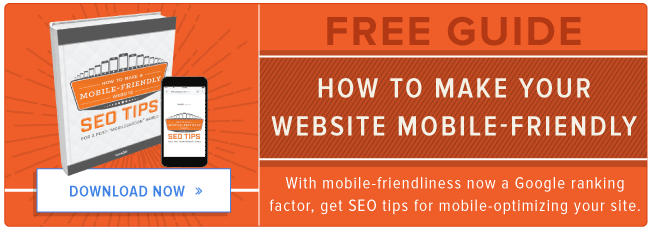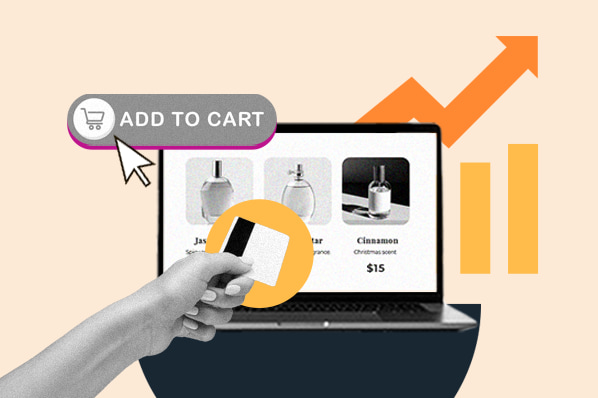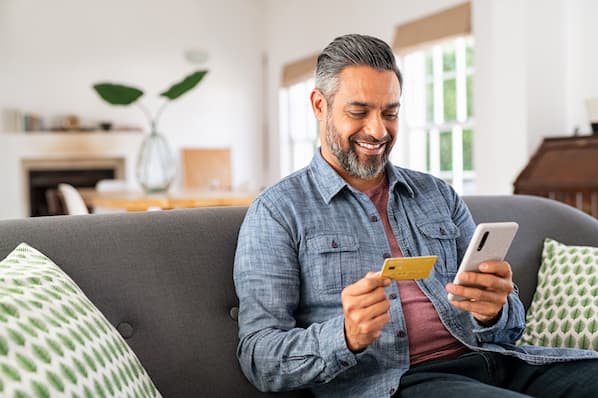

It’s important to note that a mobile shopping cart is not the same as a shopping cart on a laptop or PC. There are different paths for buyers as they shop on mobile devices and laptops, so we can be certain the products end up at the checkout page for different reasons. That’s why you can’t treat an abandoned cart from a mobile device the same as any other abandoned cart.
This survey shows that the top reason for abandoned carts for an abandoned cart on an ecommerce site is the shock of shipping prices. Meanwhile, this survey shows that abandoned mobile purchases are most often left behind because the buyer simply isn’t sure about the product. Take a look at the rest of the reasons on each. They’re different all the way down, aren’t they? That’s evidence enough that mobile purchases are simply a different animal. So, let’s explore how to recapture those mobile shoppers after they’ve walked away.
Learn how to avoid customers ditching their mobile purchases due to a poor experience with this ebook on how to make your website more mobile friendly.
Curing Purchase Uncertainty
If a buyer gets all the way to the checkout lane and then leaves the cart behind, you may feel there’s not a lot you can do to fix the problem. If they decided they just didn’t want the item, then it’s not like you can change their minds. Before you get too sure, consider the choice of words here: uncertainty. They weren’t sure, either. So what can you do about that?
Education, of course. You know how very important education and information is to getting those buyers to your checkout page to begin with. If they walk away, it may just mean they didn’t get enough information to fully convince them. A follow-up email asking if they need some help might be all you need to finish the sale. If they still don’t respond, try another message with some special blogs, videos, ebooks, or reviews about the product to see if that prompts some movement. You might be surprised.
Slow-Moving Sites
The second reason for abandoning a mobile purchase is a slow site or app. Well, that’s understandable. We already know that users will bounce after just a few seconds on a mobile device, and that’s just when they’re taking a look around. When they’re ready to buy, they don’t want to wait ages between page loads just to get through the checkout process.
What can be done? This one’s pretty obvious, isn’t it? Test your mobile site to make sure it loads quickly and correctly every time. If your buyers use an app, make sure the app is quick and painless. The fewer steps you can create between putting the item in the cart and finishing the purchase, the less a buyer will need to wait between pages.
Difficult Navigation and Use
The design of your mobile site could be the next reason buyers abandon a purchase. If your users can’t see the images, have trouble getting from one page to the next, and trip over their fingers when trying to enter information, they’re going to run away screaming. If they’re frustrated enough, they won’t even come back when they have a laptop available.
Examine your site. Have some trusted friends and colleagues test the usability. Can they see the images and type information without trouble? If not, you have some work to do. Sure, it’s expensive and time consuming, but fixing it now is better than losing out on all those future sales, isn’t it?
Payment and Information Security
These two combined actually outrank the number one spot. Buyers don’t want to feel as though their offering up their personal and financial information to anyone who might be nearby when they make a mobile purchase. If they don’t feel safe, then they’re not going to complete the purchase.
Yes, you can streamline the process for them. A login early in the process could fill in information for the buyer, but only if they’ve registered before. A PIN instead of a password could give them the feeling of security they need without worries of fat-fingering and fumbling.
Most of all, just let them know what you’re doing to keep their information safe at all times. Information and education is sometimes more powerful than action. If they know what you’re doing behind the scenes, they may be more likely to hand over their credit card information when the time comes to make a purchase.


![How to Write an Ecommerce Business Plan [Examples & Template]](https://blog.hubspot.com/hubfs/ecommerce%20business%20plan.png)




![How to Send Effective Order Confirmation Emails [Examples + Template]](https://blog.hubspot.com/hubfs/order-confirmation-email-1.jpg)

![How to Start an Ecommerce Business in 2022 [Steps + Must-Follow Tips]](https://blog.hubspot.com/hubfs/how%20to%20start%20an%20ecommerce%20business.jpg)
